Originally published in Track & Signal Spring 2014. Written by John Anderson, Chairman at ACRI.
The Australian Government recently asked the Productivity Commission to conduct a public inquiry to look into funding options for major infrastructure projects. The report, published on the 14 July 2014, includes a range of recommendations to improve the cost-effectiveness of infrastructure investment to the Australian economy and improve options for management of that investment. With the current focus on infrastructure, there can be little doubt that options to improve the useful life or defer the need for new investment by using existing infrastructure more efficiently should be welcomed.
The Productivity Commission report should be seen as a challenge by the rail sector, the challenge to find innovative solutions to reduce the cost of infrastructure. Innovation itself, of course, also comes at a cost. However, the costs of funding Australian research can be seen as an investment rather than expenditure. Innovative solutions, once discovered, can have a long lifespan, continuing to benefit the economy by creating savings for both existing and new rail infrastructure.
The Australasian Centre for Rail Innovation (ACRI) is currently undertaking applied research and strategic analysis to provide innovative solutions for the Australian rail sector and transport sector more broadly. By focusing both on new research and acting as a conduit for the transmission to the Australian Rail Industry of existing Australian and international research outcomes or solutions, ACRI is working to ensure continued improvement in productivity and sustainability to underpin the competitive position of the industry.
The importance of innovation was made clear during a recent trip that I took with ACRI’s Executive Director, Vicki Brown, to the Pilbara (pictured). With operations of this scale, even a very small improvement in the efficiency of rail operations can yield a substantial saving. This was highlighted more generally in a recent publication by the Australian Logistics Council, which calculates that an overall improvement of just 1% to the logistics total factor productivity in Australia, would deliver an increase to Gross Domestic Product (GDP) of $2 billion.[1] This is a huge economic benefit which could be realised by increased investment in innovation.
An example of improvements to efficiency that expand the capacity of existing rail infrastructure is the current adoption of advanced telecommunications technology for passenger rail which allows trains to safely run closer together. By implementing technology to facilitate closer running, industry is capturing a significant boost to the operational capacity of rail lines with minimal investment in new infrastructure.
Innovation is not limited to efficiency but is also important in improving the safety of rail operations. This can be dealing with extreme weather situations, improving track worker safety or reducing derailments and incidents at level crossings.
A major source of incidents in rail transport occur at level crossings, with 92 level crossing collisions with pedestrians and 601 collisions with road vehicles between 2002 and 2012.[2] This high frequency of incidents is in stark contrast to the rest of rail operations, which are one of the safest modes of transport, for either passenger or freight operations. The human and economic cost of these accidents can be extreme, with individual collisions having the potential to cause multiple fatalities and damage costs exceeding tens of millions of dollars.[3]
Safety at Rail Level Crossings is a key area of work for ACRI. This research is taking various forms, from investigations into transgression-deterrents for road vehicle users, to ways of reducing the costs of installing safety systems across many sites. The common theme and key driver is to save lives. We know that improvements can be made but understanding the contributing factors that influence the safety record will enable targeted research into specific solutions for the Australian network.
Research and innovation underpins the cost-effectiveness of infrastructure investment. At a time when the economy demands improved infrastructure, yet also limits the resources available to invest, an increased focus on innovation is essential. Increased innovation will ensure the efficiency and safety of the rail network and assist in maintaining both a dynamic domestic economy and Australia’s international competitiveness.
For information on this work and other ACRI initiatives contact the Executive Director, Vicki Brown at vicki.brown@infrastructure.gov.au.
[1] Australian Logistics Council 2014, ‘The Economic Significance of the Australian Logistics Industry’
[2] ATSB November 2012, Australian Rail Safety Occurrence Data 1 July 2002 to 30 June 2012
[3] ITSR August 2011, Transport Safety Bulletin
